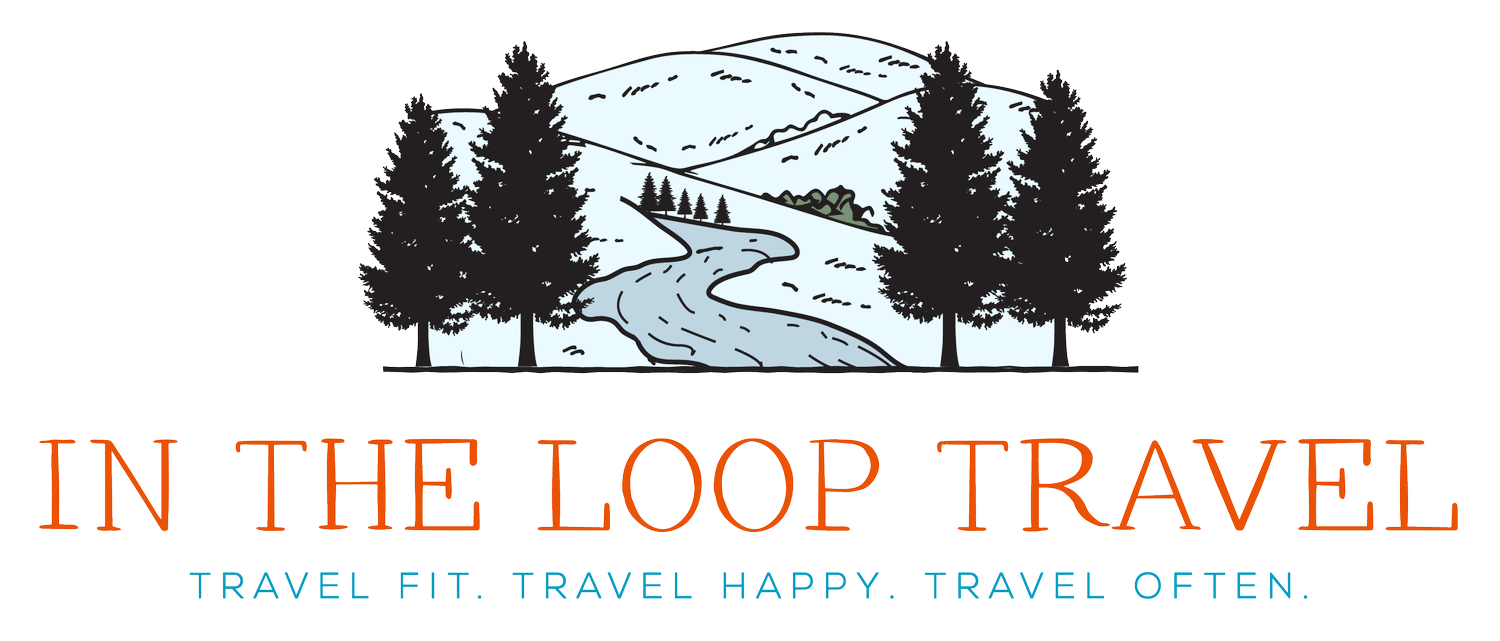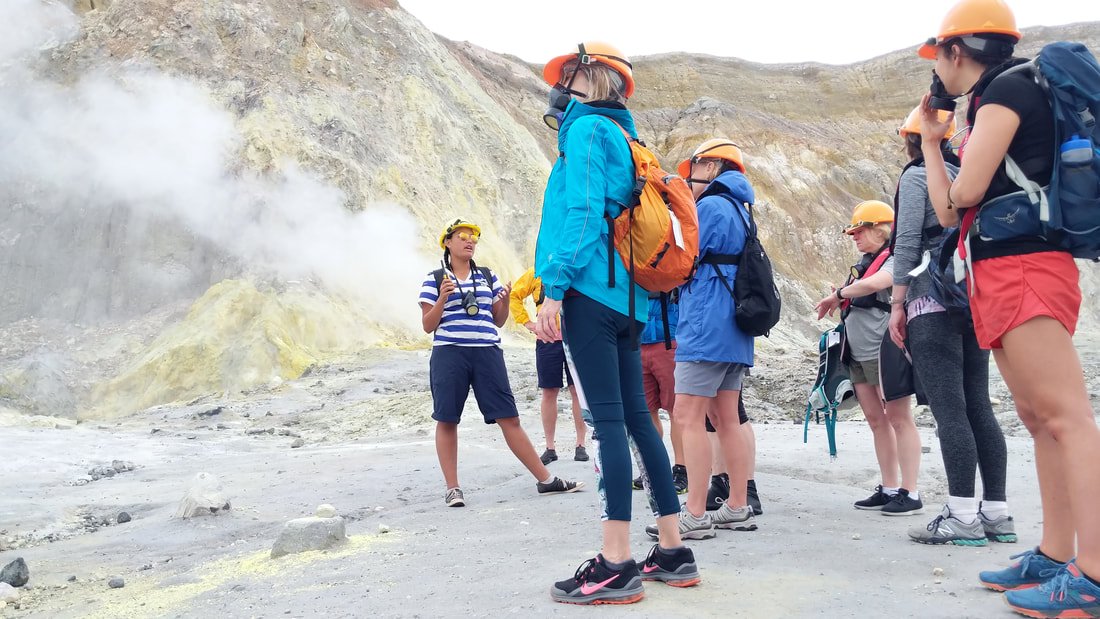One of the Final Tours of White Island Volcano in New Zealand
White Island was one of the destinations we visited during a multi-sport adventure in New Zealand with Backroads.
People around the world are hearing about New Zealand's White Island, perhaps for the very first time, and for an extremely sad reason.
At least 18 people were killed and many others injured when the volcano erupted while dozens of tourists were visiting this fascinating natural attraction.
White Island is located in the Bay of Plenty off the coast of the country’s North Island and is New Zealand’s most-active volcano. The privately owned island is a destination for tourists and scenic helicopter flights. The island is owned by the Buttle Family Trust and operates as a scenic reserve, which is open to tourism with access granted to designated tour operators.
The island is monitored closely by a government agency that puts out bulletins that warn of increased volcanic activity.
According to an article in Afar, the agency GeoNet “had reported increased activity at the volcano for several weeks, raising the warning level to 2 out of 5, but still reported that the island was safe for visitors. (A level 2 alert means moderate volcanic unrest.) Currently, Krakatoa in Indonesia is also a level 2, as are two famous volcanoes in Italy, Mount Etna and Stromboli.”
In the same article, volcanologists said the deadly eruption that happened December 9, 2019, was “the worst kind of freak accident.”
This tragedy has stirred emotional reactions for me — because I spent time exploring during my time in New Zealand early this year.
It was an amazing visit, and I considered a highlight of my first time in this beautiful country.
When 17 fellow adventurers and I stepped ashore as a group at White Island, we were traveling with Backroads on a wonderful multisport expedition. We shared a whole range of magical experiences over the course of 10 days during which we went to both the North Island and South Island. Our morning stop at White Island, also known by its Maori name Whakaari, was a low-impact walk and offered a thrilling way to take a bit of a rest from our daily long hikes, bike rides and kayaking activities.
Thousands of visitors come to White Island every year because it is a stunning formation. About 70 percent is under the water, with the cone and crater popped above the surface and easy to reach by small boats.
We landed by Zodiac from our cruise ship, Ponant's Le Laperouse, and wandered ashore to grab gas masks and helmets. Sulphur gasses hung like a mist over the moonscape-like surface, and mustard-yellow colors mixed with the browns, reds and grays in the rocky walls. Small streams of water spilled down the trail, and the waters grew warmer and revealed more colors as we got closer to the crater area. Nearing the crater, the sulfur mists were thicker, requiring those of us who hadn't already done so to place the masks over our mouths and to suck on hard candies to keep from coughing.
We learned that the island is a nesting and breeding ground for thousands of gannet birds and that a number of attempts to build a profitable sulfur-mining enterprise on the island had failed, with the last mining operations ended in the 1930s.
Remnants of the mining operations are still visible on the island, and we saw a few helicopters landing, bringing tourists and scientists.
I am glad I got to see such an amazing natural formation. I look at these photos you see here in this post, and I am struck by the fact that the tourists who perished were much like us and probably tracing our footsteps and discussing the same aspects and geological features of White Island, asking some of the same questions that we had of our guides. In short, it could have happened to me and my group of new friends while we were there.
But it didn’t.
It happened to them. Why?
Life is mysterious.
Questions arise as to whether tourism should be allowed in such a place. I have also visited Mount Etna in Sicily, Pacaya in Guatemala and volcanos in the Philippines and Hawaii. Hiking in the wilds of Alaska comes with the risk of bear encounters. Scuba diving offers risks, as do helicopter rides over the Grand Canyon and bus journeys on sketchy roads in poorly developed countries.
Many things we do to go out and experience life come with an inherent level of risk.
It’s not something many of us typically worry about (too much), or we learn how to suppress our apprehension by weighing it against the rewards of a thrilling new experience.
A stop at White Island was just another in a series of adventures for me, with no concern that this was a dangerous activity, despite it being an active volcano. I'm sure the people who arrived on the day of the fateful eruption also were focused on their visit, excited to see the small island, learn about the history of the volcano, snap pictures and create new memories. Sadly, that visit ended horribly.
I heard that a guide who we had met on our trip was among those who died. My heart aches for his family and all the families who have been affected by this.
Stories are coming out discussing whether volcano tourism is safe. This is always the reaction to such events. As travelers, we have to research and understand the risks of any activities that we choose.
The only way to remove all risk is to shut down and do nothing.
Tour companies and guides must always be transparent with information about an attraction and vigilant in making them as safe as possible. Then, we can make an informed decision about whether it's still something we want to undertake.
The tragedy on White Island reinforces the fact that life is precious and to be enjoyed. We should live it to the fullest while we have the chance.
I'll choose to go forward with the memory of these lost adventurers in my heart. That is the best way I can honor them and make sense of this horrible misfortune.
Thanks for reading,
JR







